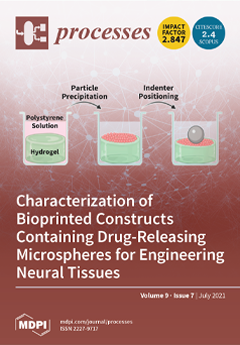Diabetes mellitus (DM), as a chronic disease caused by insulin deficiency or using obstacles, is gradually becoming a principal worldwide health problem.
Pueraria lobata is one of the traditional Chinese medicinal and edible plants, playing roles in improving the cardiovascular system, lowering blood
[...] Read more.
Diabetes mellitus (DM), as a chronic disease caused by insulin deficiency or using obstacles, is gradually becoming a principal worldwide health problem.
Pueraria lobata is one of the traditional Chinese medicinal and edible plants, playing roles in improving the cardiovascular system, lowering blood sugar, anti-inflammation, anti-oxidation, and so on. Studies on the hypoglycemic effects of
Pueraria lobata were also frequently reported. To determine the active ingredients and related targets of
Pueraria lobata for DM, 256 metabolites were identified by LC/MS non targeted metabonomics, and 19 active ingredients interacting with 51 DM-related targets were screened. The results showed that puerarin, quercetin, genistein, daidzein, and other active ingredients in
Pueraria lobata could participate in the AGE-RAGE signaling pathway, insulin resistance, HIF-1 signaling pathway, FoxO signaling pathway, and MAPK signaling pathway by acting on VEGFA, INS, INSR, IL-6, TNF and AKT1, and may regulate type 2 diabetes, inflammation, atherosis and diabetes complications, such as diabetic retinopathy, diabetic nephropathy, and diabetic cardiomyopathy.
Full article





